
Phoenix Office Pest Control
Office Pest Control in Phoenix Every office manager knows the importance of maintaining a clean and safe work environment for employees as well as customers.

Office Pest Control in Phoenix Every office manager knows the importance of maintaining a clean and safe work environment for employees as well as customers.
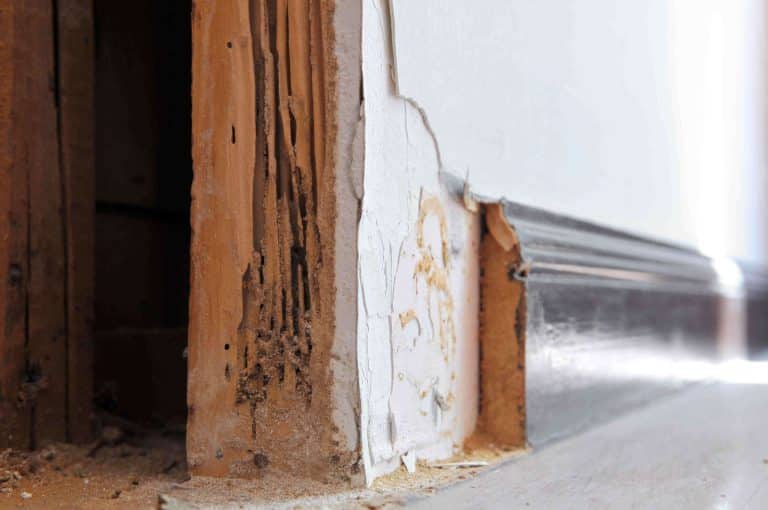
What Are Termite Mud Tubes Termite mud tubes are created as termites build their colony, providing a means of transportation, protection from direct sunlight, as

Arizona Gopher Season When gopher season begins in Arizona, you may notice underground intruders begin to make their home on your property. These homes can
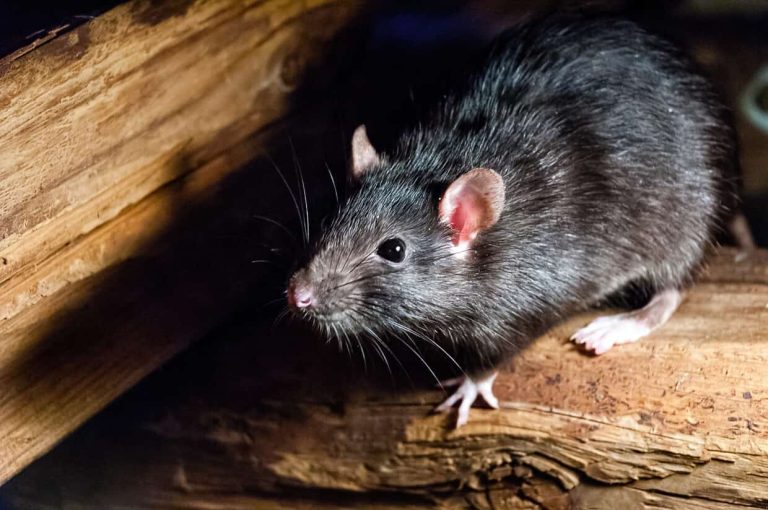
Locating Roof Rats As cooler weather begins to set in, roof rats are on the look out for warmth, which may mean they take up

Difference Between Termite Damage & Wood Rot Termites live and feed on wood, causing damage, weakening, and deterioration to homes, businesses, and properties across Phoenix.
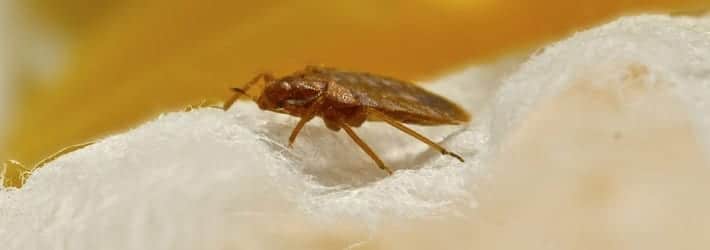
Preventing Bed Bugs in Arizona Bed bugs are more than just a pest, and are one of the most difficult pests to properly eradicate. Conditions
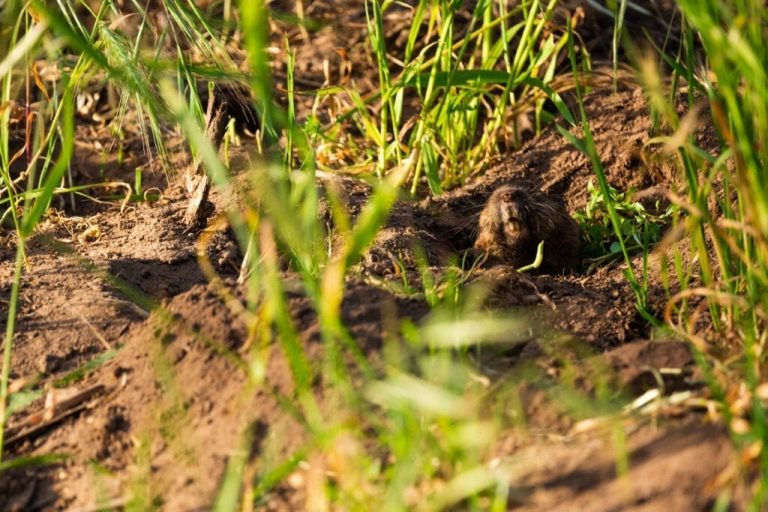
How to Spot a Gopher Gophers are excellent diggers, who can create a system of tunnels running hundreds of feet just beneath the surface. Using

Arizona Roof Rats Although roof rats are not native to Arizona, there has been increasing reports of these household pests. Some professional exterminators say they
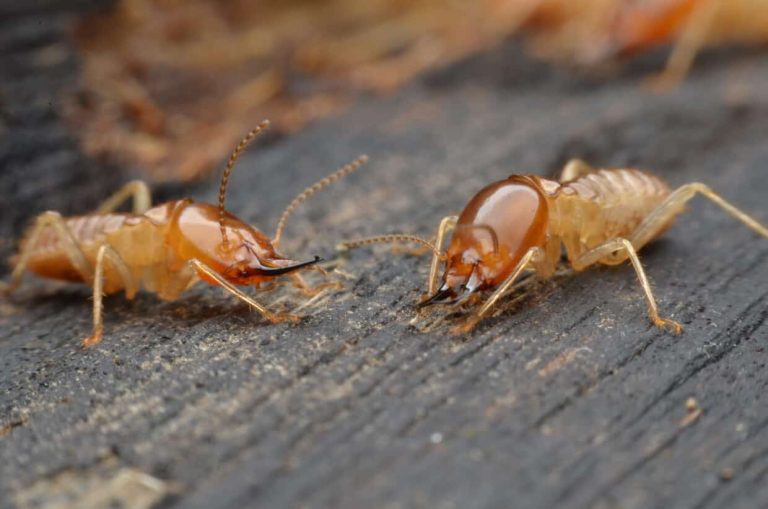
Termites can nest in homes and break down the structural integrity of a building. If you are aware of the signs of termite damage, you may be able to stop the destruction before it gets too bad.

Insect Growth Regulators for Roaches Insect growth regulators, or IGR, are chemicals which can basically act as birth control, and are common in many pest